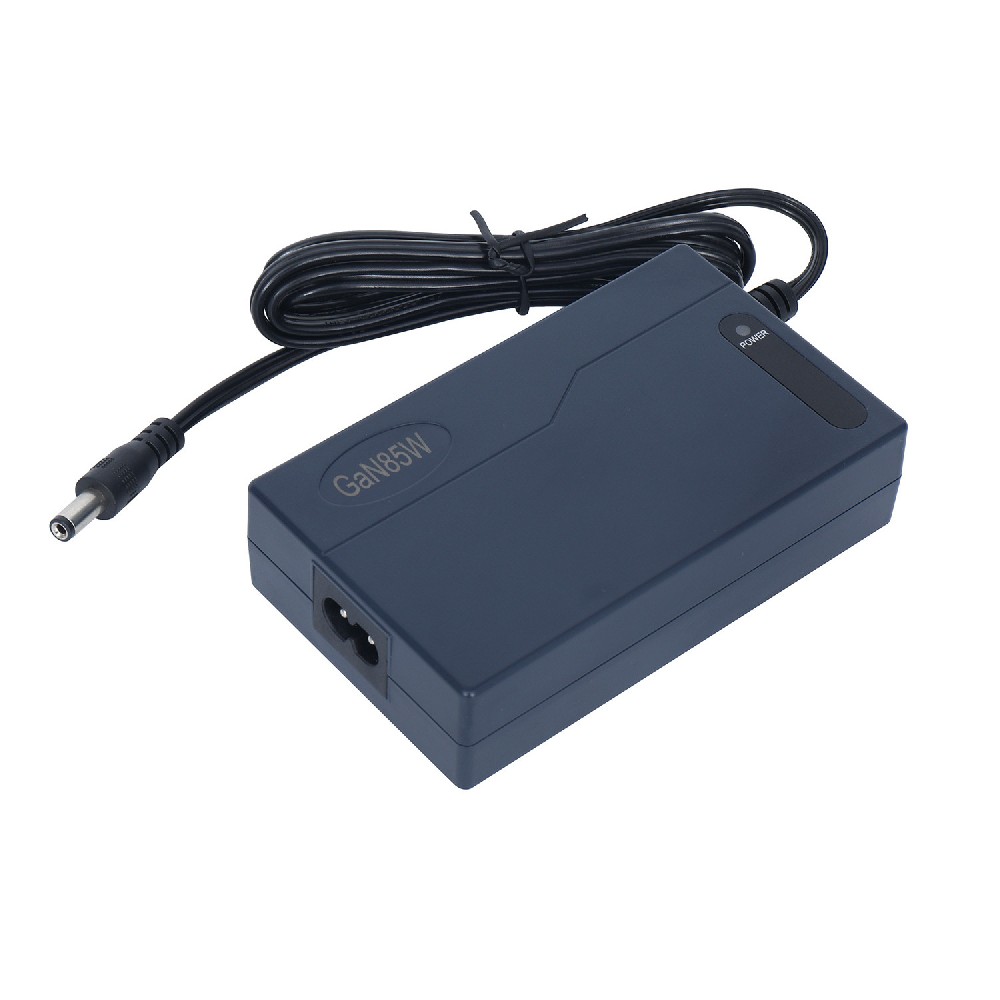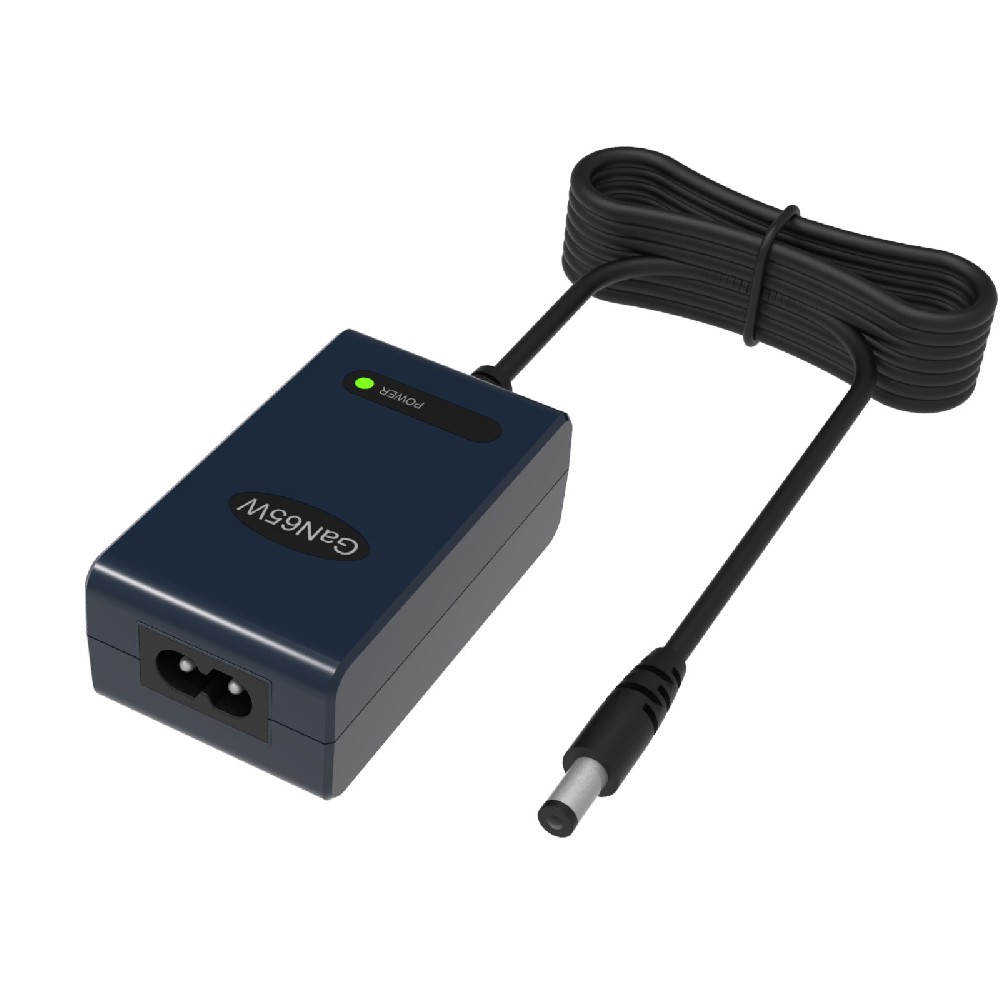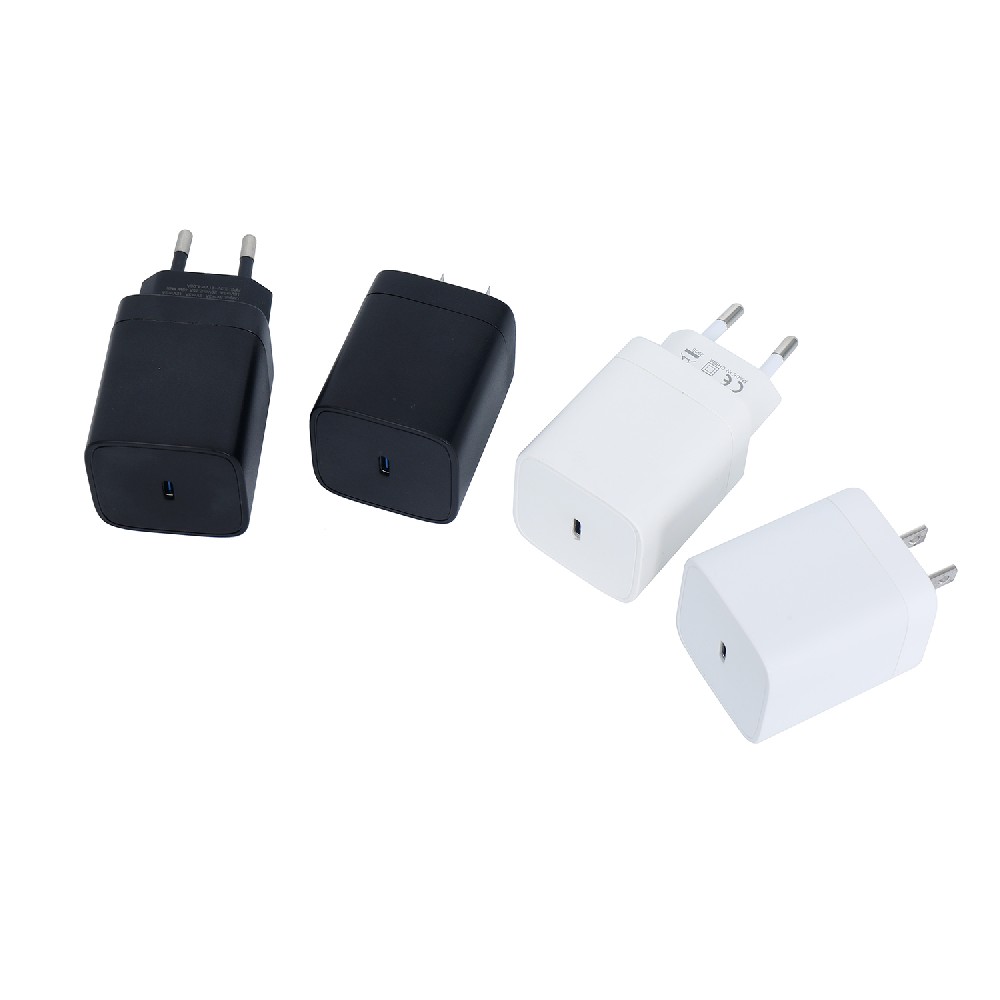Information Center
How Battery Testers Easily Detect and Optimize Your Golf Cart Battery Performance
Published:2025-02-25 18:03:41 Author:admin Views:42The battery pack is the heart of a golf cart, silently powering every acceleration and climb on the green. However, battery degradation often goes unnoticed, much like a chronic illness—when you notice reduced range or sluggish starts, some battery cells may already be "aging" prematurely. This is where a battery tester comes in, acting like a personal "health consultant" that helps you identify potential issues and guides you in maintaining your batteries scientifically, rejuvenating the entire pack.
1. The Three Key Metrics of Battery Health
The value of a battery tester lies in its ability to interpret complex battery conditions in a way that anyone can understand. It primarily uses three key metrics to "profile" the battery:
1. Voltage: The Battery's "Instant Status Indicator"
Just as the human body requires stable blood pressure, battery voltage directly reflects its current charge level. By touching the electrodes with its probes, the tester can determine whether the battery is within the normal voltage range. Low voltage may indicate undercharging or an internal short circuit, while high voltage could signal overcharging risks. More importantly, it can quickly identify the "weak link" in the battery pack—a cell with significantly lower voltage often drags down overall performance.
2. Internal Resistance: The Hidden "Energy Loss Meter"
If electric current is compared to water flow, internal resistance is like rust in a pipe. As a battery ages, the activity of its internal chemical substances decreases, causing internal resistance to gradually rise. The tester detects this subtle change through micro-current measurements. A battery with abnormal internal resistance is like a leaking container—even if it shows a full charge, it may "collapse" during actual use, leading to insufficient power.
3. Capacity: The True "Endurance Tester"
The battery's rated capacity is like the labeled volume of a drink bottle—how much it can actually hold depends on whether it leaks or deforms. The tester estimates the battery's real energy storage capacity by simulating a discharge process. When the actual capacity drops below 80% of the rated value, it's like an athlete losing lung capacity—the battery is entering its "retirement countdown."
2. From Diagnosis to Treatment: A Complete Solution
Test data alone doesn't speak; the real value lies in how it's interpreted and acted upon. A scientific maintenance strategy typically involves three stages:
Step 1: Pinpoint the Problem Battery
When the tester shows abnormal voltage in a cell, first check if the electrodes are oxidized or if the connections are loose. Sanding the blackened electrode terminals can often restore 0.2-0.3V—a seemingly small improvement that might add an extra two kilometers to the cart's range.
Step 2: Perform "Cellular-Level Repair"
For batteries with high internal resistance, try a deep charge-discharge cycle: fully discharge the battery, then slowly charge it for 12 hours using a dedicated repair charger. This process is like "physical therapy" for the battery, reactivating some passivated chemical substances. If the internal resistance remains high after repeated repairs, it's time to replace the cell.
Step 3: Build "Battery Ecosystem Balance"
The performance of a battery pack depends not on the strongest cell but on the weakest link. By using the tester to screen and regroup cells with similar capacities, you can create a well-coordinated team. Regularly (recommended every 3 months) using a balancing charger to adjust the charge levels of each cell can prevent the imbalance of "overworking the strong and underutilizing the weak."
3. The Four Wisdoms of Preventive Maintenance
Savvy users who understand how to use testers often extend their battery life by 1-2 years. Their secret lies in four daily habits:
1. Seasonal Check-Up System
Focus on testing during seasonal transitions when temperatures fluctuate sharply (e.g., before winter or after the rainy season). Low temperatures temporarily reduce battery capacity, while high temperatures accelerate electrolyte evaporation. Understanding these patterns helps distinguish temporary anomalies from real aging.
2. The 24-Hour Rule After Charging
A freshly charged battery is like a human body after intense exercise—its state is unstable. Smart users test their batteries 24 hours after charging, when voltage and internal resistance readings most accurately reflect true health.
3. The "Medical Record" Tracking Method
Use a notebook or app to record each test and plot the data trends. When a cell's internal resistance increases by more than 15% in six months or its capacity drops by more than 3% per quarter, it's time to prepare a replacement plan.
4. Smart Hibernation Management
When storing the cart long-term, use the tester to confirm the battery is at 50%-70% charge before storage. Recharge every month to avoid "starving" the battery in a low-charge state—a type of irreversible damage more severe than regular wear and tear.
4. Beyond Tools: A Cognitive Upgrade
True experts using battery testers don't just focus on specific numbers—they develop an "intuitive understanding" of their batteries:
When voltage is normal but range drops sharply, they recognize it as a sign of capacity degradation.
When internal resistance suddenly spikes, they first check if water ingress has caused a micro-short circuit.
When multiple cells show fluctuating parameters, they consider whether the charger's aging has caused unstable output.
This systematic thinking multiplies the value of a simple testing tool. Like an experienced doctor diagnosing overall health through pulse readings, skilled users can predict the future state of their battery pack through three sets of data.
Conclusion
When you hold a battery tester, you're actually taking control of your battery's lifespan. It's not just a troubleshooting tool but also a cultivator of scientific charging habits. Through regular testing, analysis, and optimization, your golf cart batteries will avoid "sudden death" and instead age gracefully—this is the essence of modern equipment management.
Power Adapter Design and Customization Guide for Portable Electric KettlesI. Common Design Types for Portable Electric Kettle Power AdaptersPortable electric ke···
I. Common Design Types of Power Adapters External Independent Type (Most Common) Design: A standalone adapter (e.g., "black brick") connected to the p···
Handheld Vacuum Cleaner Power Adapter Selection GuideIntroductionHandheld vacuum cleaners have become a mainstream tool for household cleaning due to their port···
Drill Power Adapter Selection Guide.drill-container { font-family: Arial, sans-serif; line-height: 1.6; max-width: 800px; margin: 0 auto; padding: 20px; } .dril···





